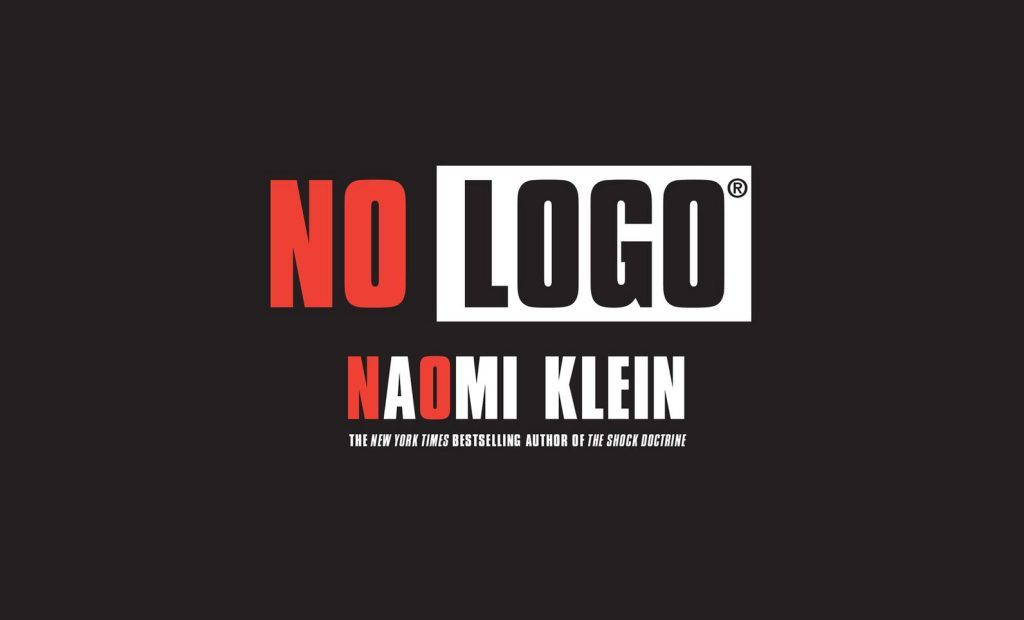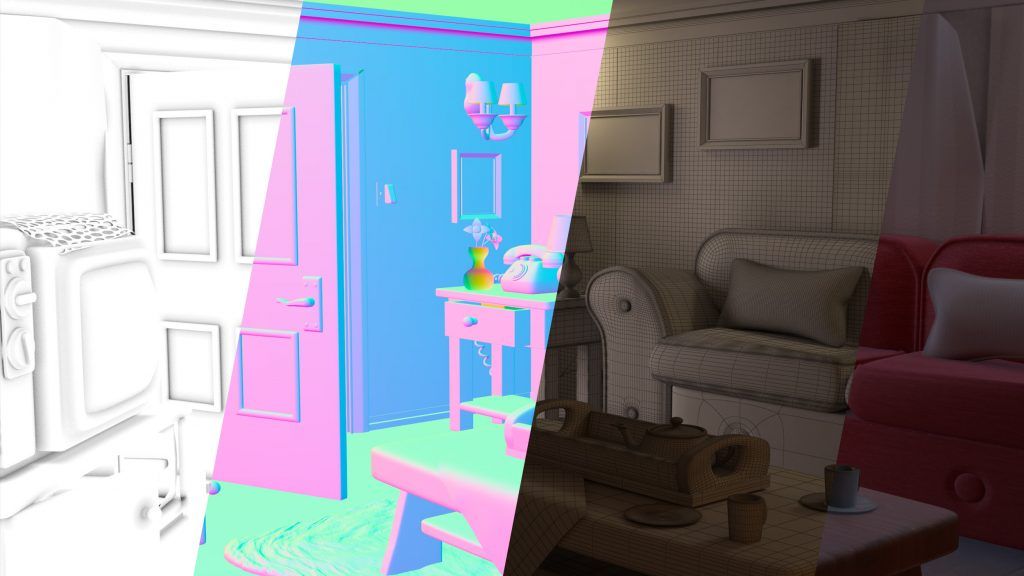When design a website we can find ourselves with decisions by the client that do not help much for the project to go well, but we must know how to deal with them to make the best decision.
Below I explain the 5 most common mistakes I have encountered and how to solve each of them. At the end I offer you a recommendation that will help you not only to solve these situations when we design a website, but in any design project.
Design reflects the customer’s personal style
When we sketch and design a website, the client usually decides in terms of “I like it” or “I don’t like it”. They approach it as a showcase that they can be proud of without taking into account the needs of the client and the business itself.
It is normal that the customer wants a website that he likes, but above that, a website is designed to attract and help others, the target audience. It prioritizes aesthetics before usability, completely forgetting the user experience.
To avoid making this type of mistake, it is necessary to know the target customer and focus on him, to know what action you want to get from the customer and the values you want to convey with the website. To do this it is highly recommended to have the brand strategy manual where it is reflected, among other information, the purpose of the brand and its long-term objective.
What does your business do?
There are many websites that, when entering their home page, it is not clear to us what activity or service they offer. This may be a consequence of the previous point. The client is so focused on creating a “pretty” website that he forgets to communicate clearly.
It is something so obvious, that is why it is very common not to pay the necessary attention to it. In their head they have it very clear, but for the users that arrive to their website they can’t decipher what they are doing and in a few seconds they will abandon the website.
Add a clear description of the activity at the top that tells what it does.
Failure to update the website on a regular basis
Many clients think that design a website is a temporary thing. Once it’s done you can forget about it, but the long-term consequences can be very damaging, with broken links, security flaws, outdated content or a drop in SEO rankings.
To do this it is highly recommended to have updated all the plugins we use, as well as templates and the system itself. Updating the content will help us to improve the positioning in search engines, in addition to offering the customer a more careful image (entering a website and seeing content from 2 years ago gives the feeling that the company is no longer in business).

Unrealistic time and budget expectations
There are customers who still think that having an online store means to start selling from the first minute. Or if it is a corporate website, it will start to have visits when we have it operational.
Underestimating the complexity of the project or expecting high quality results within tight deadlines and budgets can lead to frustration for both parties.
Inform the client of the entire process, from the time you have the first meeting until the website is published. It may be tedious, but believe me it will save you a lot of headaches. It also shows interest in the project and gives value to all the work you do as a graphic designer.
Underestimating analytics
When a website or other digital product begins to have visits we can collect a series of very important data that will help us make future marketing decisions. This point often goes unnoticed by the client and over time suggests changes without being supported by any solid basis to reinforce these proposed changes.

Fortunately Google offers us a sort of tools to analyze how the user interacts with our website or what content is more relevant in order to make more accurate and effective decisions.
Key solution
To solve each mistake we have mentioned when designing a website, it is very important to have a fluid communication with the client and that he understands the importance of each one of them, otherwise we run the risk of generating misunderstandings, misalignment of expectations and, ultimately, a result that does not meet the established objectives.
It is our job as graphic designers to train the client and make him understand how his decisions can influence the final result from humility, without pretending to be above him.
Sometimes the client does not make it easy, because he has a very fixed idea of what he wants, but we as professionals know that it is not what is best for him. That’s why I recommend that you read the book “Justifying design decisions” by Tom Greever to better manage these situations that can get a little difficult.
Categoría/s: Design and development web










Leave a Reply